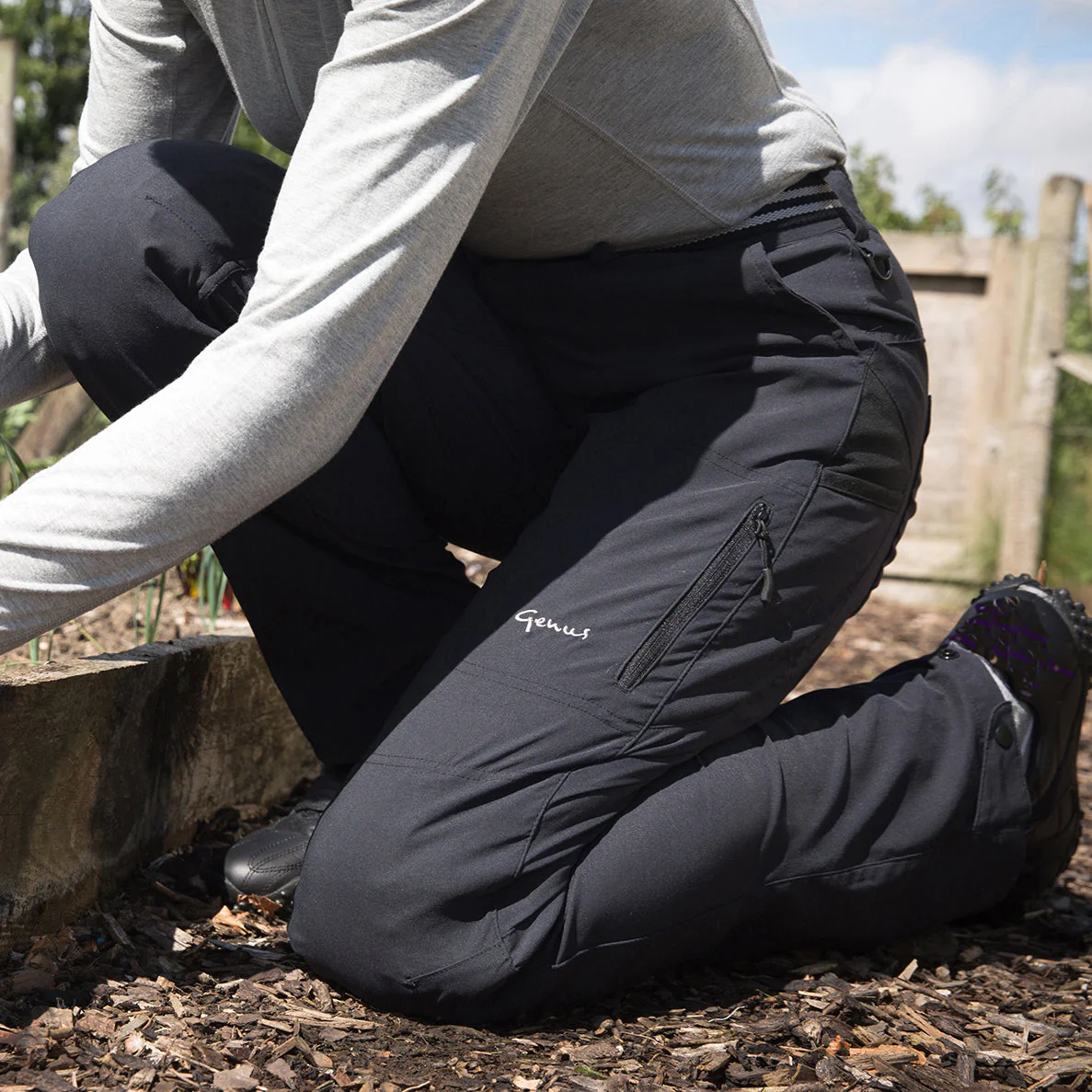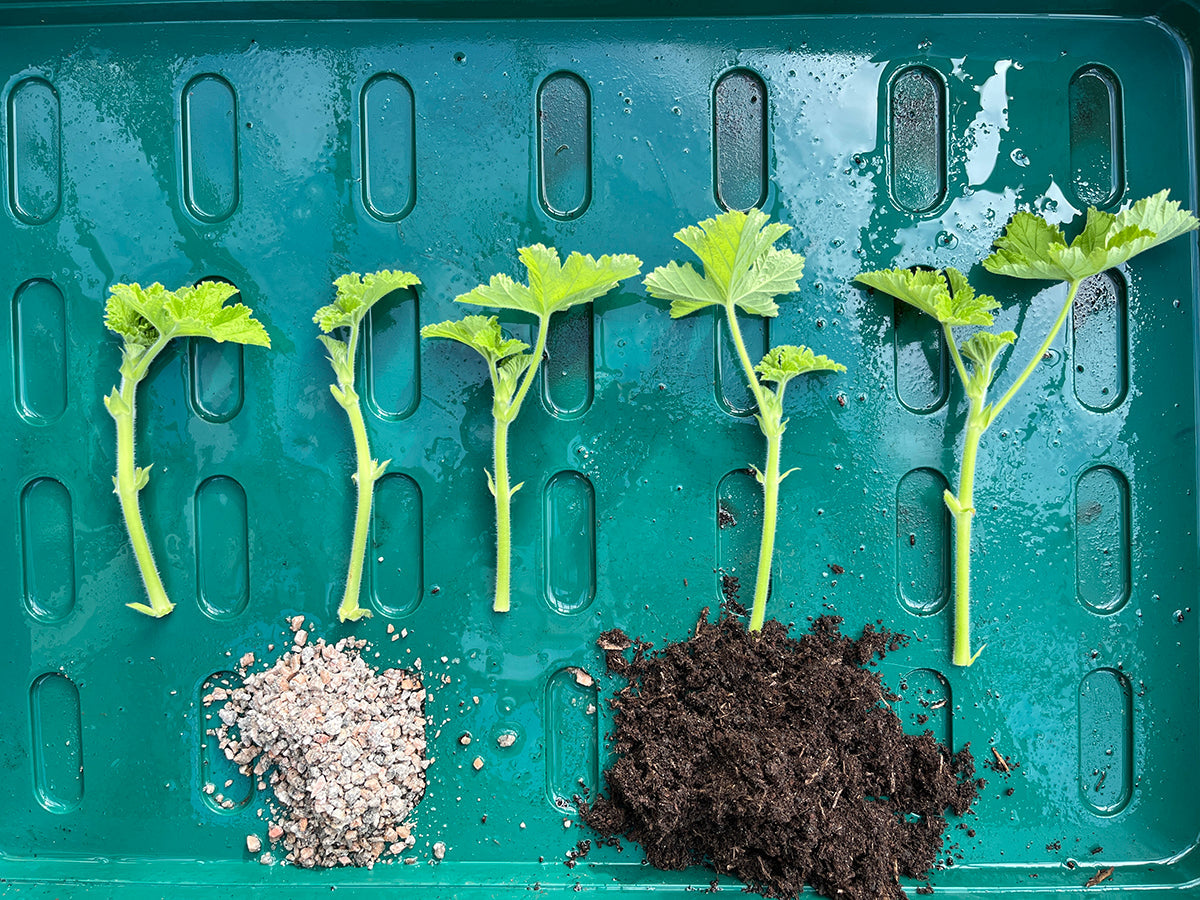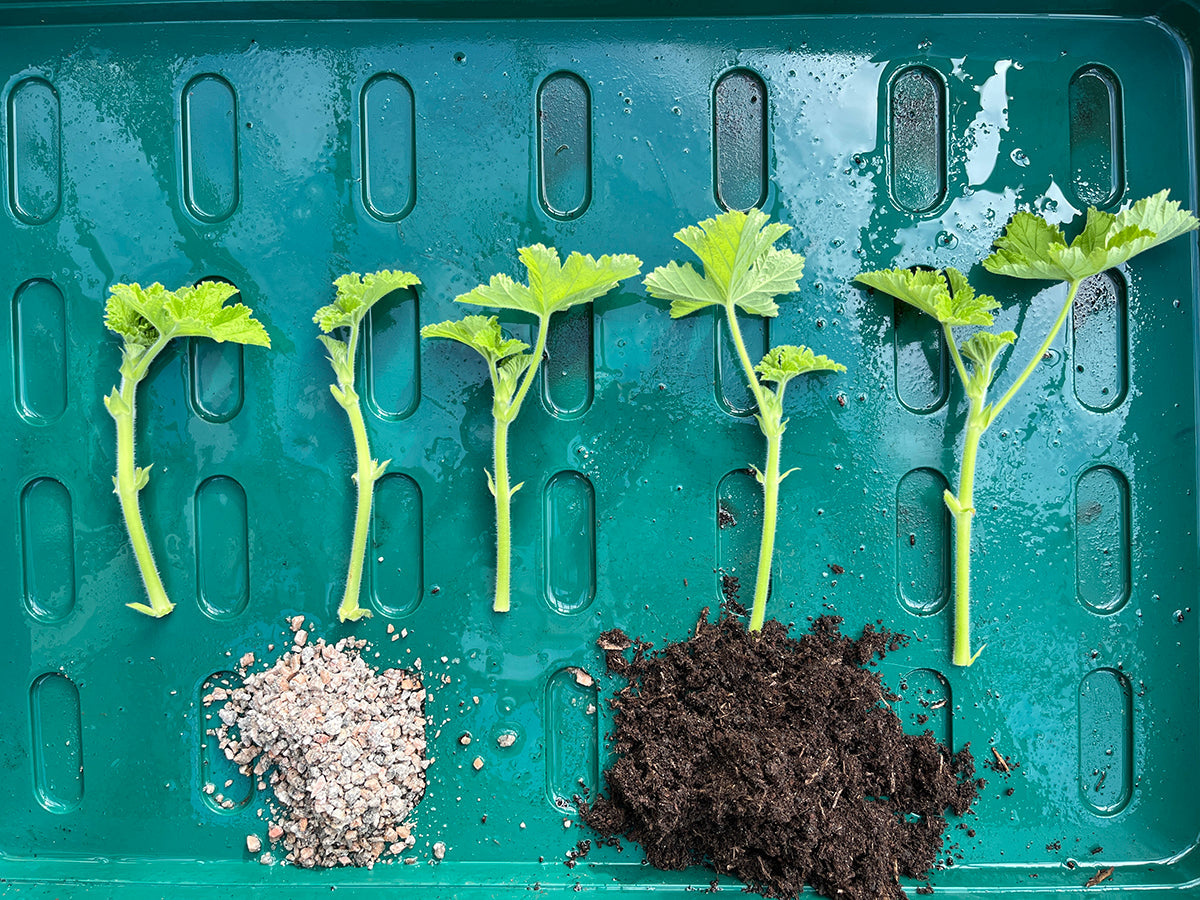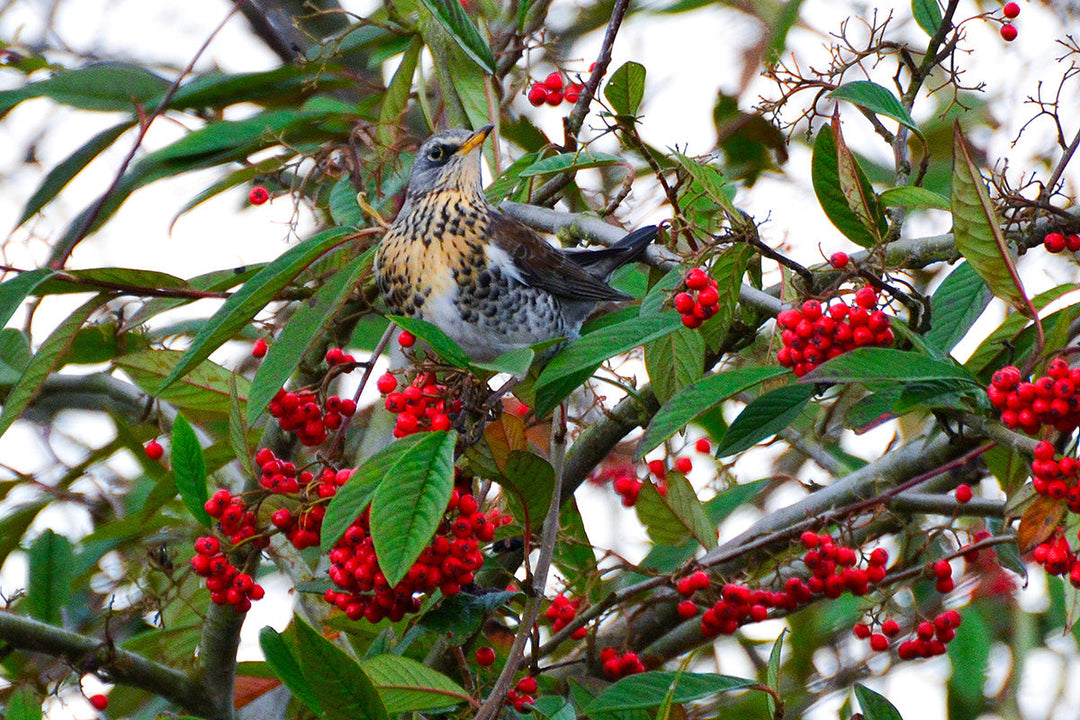Garden trends - gravel gardens
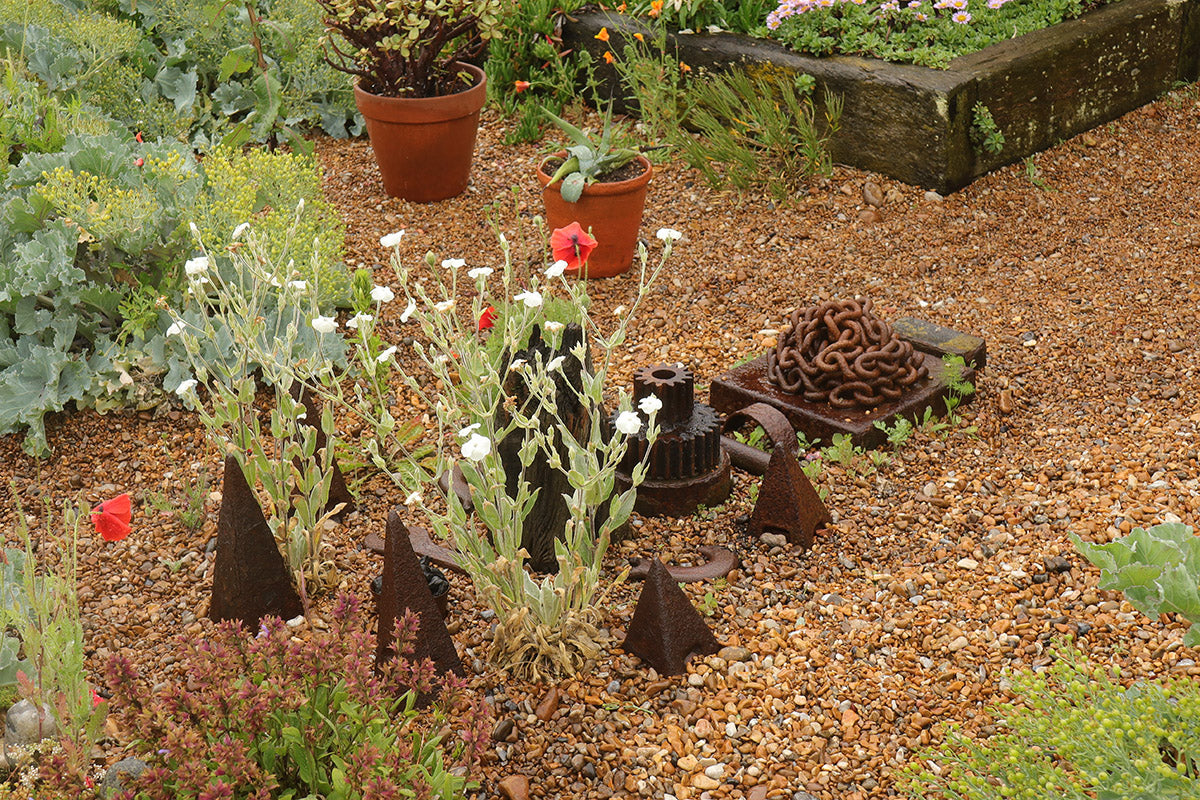
Low maintenance and drought-tolerant, gravel gardens are becoming increasingly popular. They’re perfectly suited to our hot dry summers and have a relaxed airy feel, with plants growing up through gravel with space to breath.
For inspiration, Derek Jarman’s Prospect Cottage in Dungeness and Beth Chatto’s gravel garden in Essex are full of ideas. When designing your planting, Mediterranean and drought resistant shrubs and sub-shrubs create useful year round structure. Lavender, cistus, rosemary, santolina, ballota and hebes such as H. sutherlandii work well. Euphorbia wulfennii also adds evergreen structure. For spiky accents, yuccas and agave are striking.
Large organic shaped beds can be loosely defined with low growing plants such as creeping thyme, stachys byzantina, erigeron and low growing Euphorbia myrsinites. Creeping crosswort works well in dry sites, and blocks of bergenia - used so effectively in Beth Chatto’s gravel garden - create bold evergreen texture. For height and colour, there’s a huge range of gorgeous drought resistant perennials including achillia, agapanthus, eryngium, yellow Phlomis russeliana or lilac-coloured Phlomis tuberosa ‘Amazone’ and sedum varieties such as Hylotelephium ‘Matrona’ and ‘Ruby Glow’.
Ornamental grasses such as the huge Stipa gigantea or much smaller feathery Stipa tenuissima add swishy movement and texture. Finally bulbs such as alliums create early interest and self-seeding annuals and perennials such as verbena, poppies and verbascum make informal dot plants.


